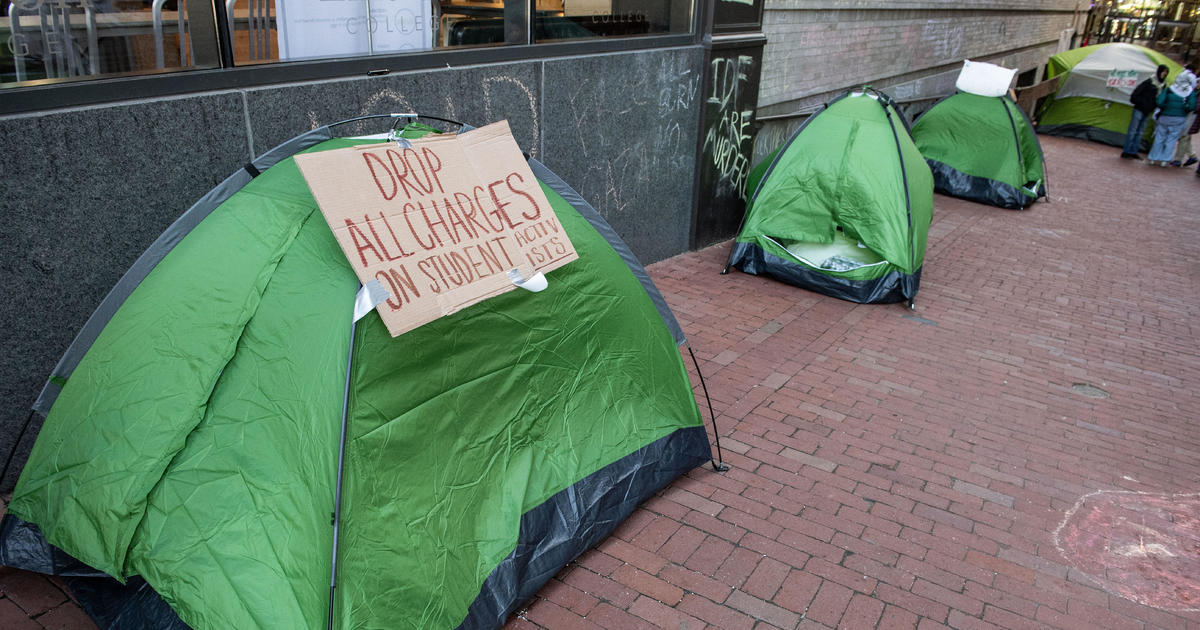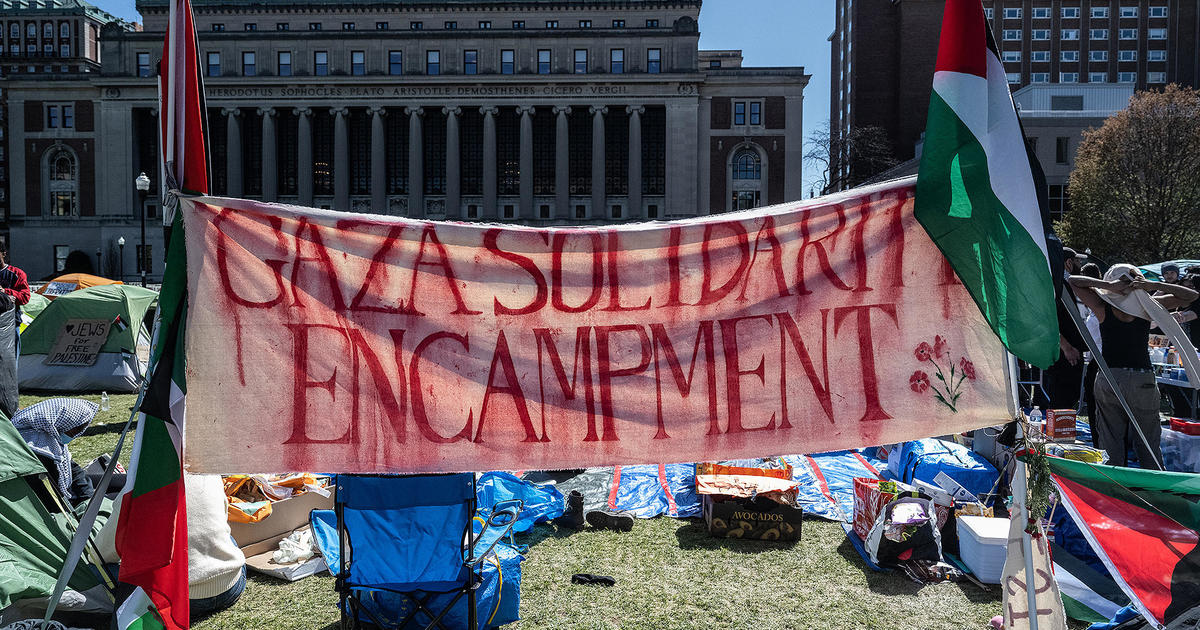Prescription Medications Are Now Illicit Substances
This article is sponsored by Ocean Breeze Treatment Centers
The Centers for Disease Control (CDC) estimates that prescriptions for pain medication have quadrupled since 1999. The American College of Preventive Medicine estimates that 7 million people abuse pain medication on a monthly basis. It appears that the abuse of pain medication is on the rise in the United States and is quickly becoming a crisis.
What are the most abused prescription drugs?
According to the National Institute on Drug Abuse, the most commonly abused prescription medications include prescription opioids, such as Oxycodone; prescription stimulants, such as medications used to treat A.D.D.; and prescription depressants, which are commonly used to treat anxiety and sleep disorders.
What are the risks?
Abusing prescription drugs, like any other drug dependency, puts the user at risk for many complications, including overdose and death. The Mayo Clinic reports that another risk of prescription drug abuse stems from mixing these drugs with alcohol, other prescription or over-the-counter medications, or illegal drugs.
Who is most at risk?
According to the National Council on Alcoholism and Drug Dependence (NCADD), the two biggest groups of people most likely to abuse prescription drugs are adolescents and seniors. The NCADD notes that the elderly may either intentionally or unintentionally take more medication than medically necessary. Additionally, trends have shown that prescription medications are increasingly being taken by teens for non-medical use as pain relievers, anti-anxiety medications, stimulants and steroids.
Symptoms
Determining whether or not someone is abusing his or her prescriptions may be difficult, especially if the person has a legitimate reason for taking the medication. Symptoms vary depending on which prescription drug is being abused, so Mayo Clinic has outlined symptoms for each type of prescription medication (opiod pain killers, sedatives and anti-anxiety meds, and stimulants).
Prescription drug abuse is on the rise in the United States. Consider the following statistics:
New York: In 2004, over 140,000 emergency room visits were related to consumption of benzodiazepines.
Chicago: In 2011, Hydrocodone, a prescription opioid, was the fourth most common substance seized by law enforcement.
Boston: In 2014, deaths from unintentional overdose of prescription opioids were 57 percent higher than in 2012.
Philadelphia: The mortality rate linked to prescription opioids increased by 13.9 percent from 2011 to 2012.
Atlanta: The state of Georgia has one of the lowest rates of prescription drug related deaths in the country.
Baltimore: Baltimore saw an increase in the number of individuals seeking treatment for addiction to opioids, benzodiazepines and other prescription drugs from 2011 to 2012.
Hartford: Prescription drugs were the leading cause of overdose related death in 2008, in which 36,000 people died of an overdose.
Pittsburgh: In 2012, 4.8 percent of adults admitted to using prescription drugs recreationally.
Minneapolis: Ramsey County experienced an increase of 13.5 percent in opioid related overdose deaths from 2013 to 2014.
Las Vegas: Non-medical uses for prescription pain relievers averaged 6.7 percent between 2005 and 2010.
Tampa: Oxycodone, alprazolam, and methadone were the most common prescription drugs that caused overdose deaths in 2011.
Alaina Brandenburger is a freelance writer living in Denver. Her work can be found at Examiner.com.



